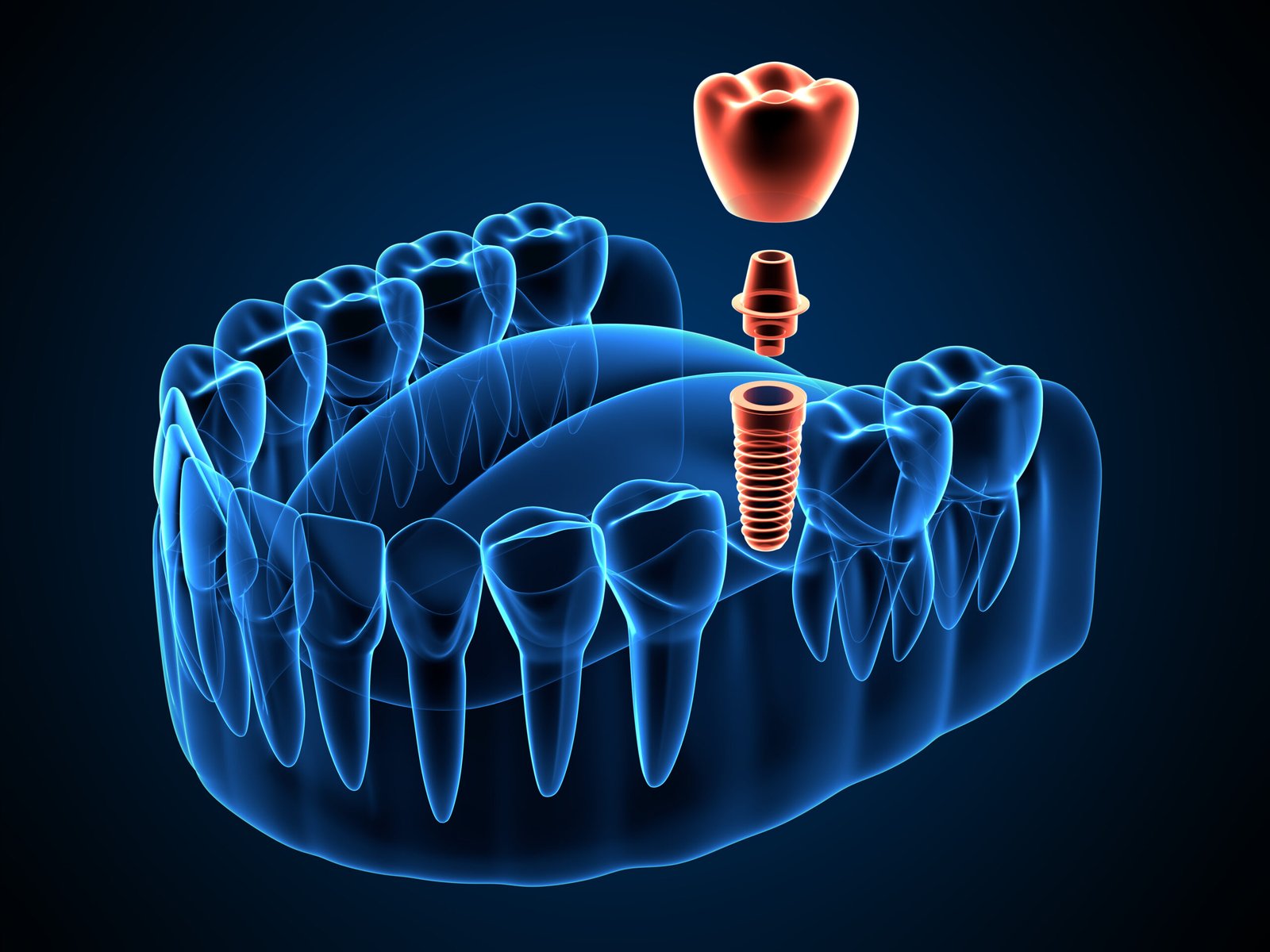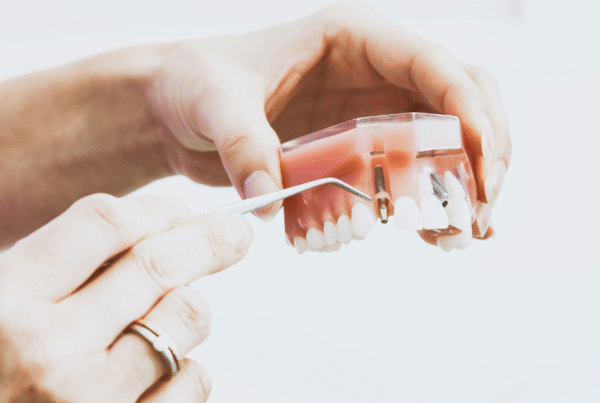Why Some Dentists Proceed with Same-Day Restorations—and Why Others Advise Caution
For individuals exploring affordable dental implants, the concept of immediate loading—often associated with All-on-4 or All-on-6 procedures—can sound appealing.
Patients like having a fixed set of teeth placed immediately after implant surgery, avoiding removable dentures or other temporary, removable solutions. However, immediate loading carries risks that can be especially challenging for those traveling abroad for dental tourism.
The Basics of Immediate Loading
Immediate loading involves attaching a temporary prosthesis to implants right after surgery, provided that:
- Implant Stability: Each implant must meet a torque threshold (often around 50 Ncm) to handle the forces of biting and chewing.
- Temporary Prosthesis Design: Prostheses used during this phase typically use lighter materials—often acrylic—to minimize load on healing implants.
While this approach can deliver a quick cosmetic improvement, it is not without complications, especially if patients are far from the best dentist who performed the procedure.
Potential Risks and Complications
When a patient leaves the clinic with a newly placed prosthesis and returns home—whether that’s Canada, the U.S., or elsewhere—aftercare may be complicated. Some common issues include:
- Damage to Temporary Prosthesis: Eating foods that are too hard or sticky can chip or fracture the acrylic crowns.
- Implant Failure: The risk of failure increases if osseointegration—the bonding of the implant to the bone—is compromised by excessive bite force.
- Cracking of Prosthesis: A cracked temporary can distribute uneven pressure across multiple implants, leading to overload and possible implant loss.
- Bone Density Challenges: Should an implant fail, re-implantation becomes more difficult if bone resorption has occurred around the failed site.
Warranty policies may cover implant replacement, but patients must still manage the logistical and financial stresses of traveling back to the clinic.
Even in places with expanding coverage options—like the CDCP (Canadian Dental Care Plan)—advanced procedures such as immediate loading implants typically aren’t covered, making these complications even more burdensome.
Why Some Dentists Recommend a Delayed Approach
Dr. Can Atakan, co-founder of Dentevim Oral and Dental Health Polyclinic in Istanbul, and an experienced practitioner in cosmetic dentistry, advises caution for immediate loading for patients traveling to another country. If problems arise mid-healing, patients can’t easily return to the original dentist. A safer route for many involves:
- Temporary Fixed Prosthesis on the Upper Jaw Only: This is primarily for aesthetics, keeping load minimal.
- Non-Implant-Supported Removable Denture: Implants are placed deeper in the bone and covered by protective tissue for undisturbed healing. Once osseointegration is complete, a permanent prosthesis—often made of higher-end materials such as zirconium or porcelain—can be attached with less risk.
This staged approach significantly lowers complication rates for those seeking affordable dental solutions overseas. Instead of rushing the final restoration, it allows the bone to heal around each implant properly, improving long-term success.
Case-by-Case Evaluation and Patient Counseling
Each patient’s anatomy, health status, and personal circumstances differ. Factors include:
- Bone density and quality
- Overall oral health and hygiene practices
- Ability to return for follow-up or manage potential complications
Before proceeding with immediate loading, a thorough consultation is essential. Patients should be informed about the possible complications and weigh whether a delayed placement might yield a more dependable outcome.
While immediate loading is often convenient, the potential risks warrant careful consideration and discussion with your dentist.
Ensuring Long-Term Success with Immediate Loading
Immediate loading for All-on-4/6 implants is a legitimate practice under specific conditions, such as high initial implant stability and close post-operative supervision. However, it’s slightly more complex for patients engaged in dental tourism, who may not have the option for quick, convenient follow-up. If your oversees dentist does not at least address potential concerns, then you ought to evaluate whether you’re dealing with the right practitioner for your needs.
Opting for a two-phase approach—initial healing with minimal load, followed by the final prosthesis once osseointegration is confirmed—reduces risks and can preserve both your investment and your peace of mind. Dental Pathways’ partner dentists in Turkey strive find solutions that are both practical and safe for traveling patients.
If you’re exploring affordable dental care options for implants, be sure to have an honest conversation with your dental provider. Ask about the likelihood of complications, the recommended waiting period for permanent restorations, and your plan for addressing any post-operative issues.
By staying informed and taking a cautious route, you’ll set the stage for a stable, long-lasting smile.
Considering an All-on-4 or All-on-6 restoration? Book a free Discovery Call with Dental Pathways. We’ll help you to navigate and ins and outs.




